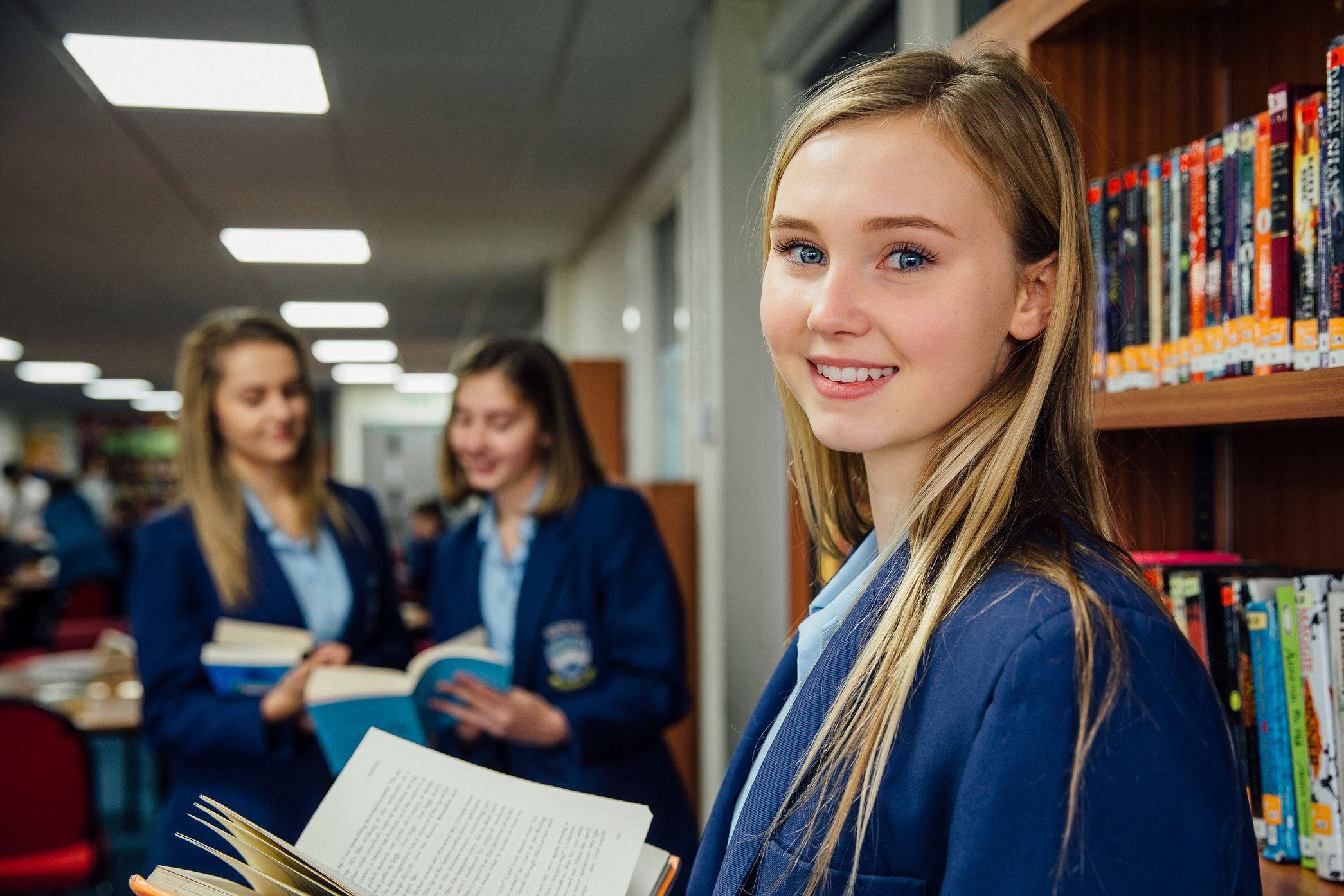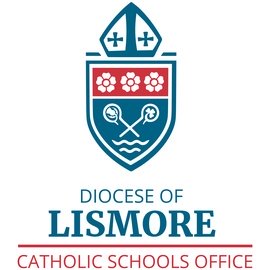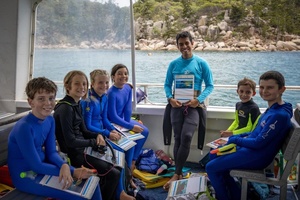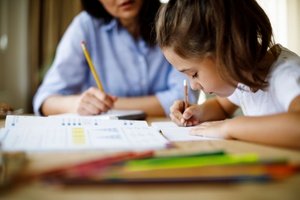As experts urge schools not to wait for governments to back evidence-informed literacy instruction, assessment and intervention, The Reading Pledge – an initiative by MulitLit’s Five from Five and Learning Difficulties Australia – gives primary and secondary teachers guidance on the training and resources needed to lift struggling students.
Each year almost 90,000 children enter secondary school without proficient literacy skills, the latest NAPLAN data shows.
But by using data from the Phonics Screening Check and NAPLAN, and following a systematic approach to assessment and intervention, almost all students can and should be reading well by the time they finish primary school, the bodies say.
Dr Jennifer Buckingham OAM, founder of Five from Five, says it is unacceptable that such a large number of secondary students lack the literacy skills needed to properly access the curriculum.
She calls on policymakers to commit to the Pledge, warning we have hundreds of thousands of secondary students across the country who have difficulty reading.
“...There is no excuse for children spending seven years in full-time education without learning to read,” Buckingham says.
“Every state and territory education minister must pledge to provide the keys to literacy to every child before they leave primary school and to do what is necessary to support those students still struggling in secondary school...”
Analysis of longitudinal data has shown that 72 per cent of Year 3 students identified as struggling readers in NAPLAN were still struggling in Year 5, and 88 per cent of those identified as struggling readers in Year 7 were still struggling in Year 9, the Pledge notes.
Geoff Ongley, president of Learning Difficulties Australia, says the initiative is really a “wake up call” and “call to action” for all.
“The impacts of poor literacy are catastrophic and typically lifelong – these students are less likely to complete school and face serious educational and social disadvantages,” Ongley says.
Poor literacy outcomes are avoidable in most cases, he notes.
“Fortunately, they can generally be turned around with a commitment to evidence-informed instruction, assessment, and intervention…”
The Reading Pledge, an updated and expanded version of the Primary Reading Pledge launched in 2020, offers an evidence-aligned framework to reduce the number of instructional casualties, while also offering secondary schools guidance on effective intervention and assessment.
Many schools, such as Clayton South Primary School in Melbourne and The Scots School Albury in NSW, have adopted the Pledge and have been working toward the goal of reaching 100 per cent literacy.
Buckingham says it is unreasonable to expect all secondary teachers to have expertise in teaching reading, but there are several ways in which literacy intervention and support can be effectively provided in the secondary context.
“For example, a whole-school approach, encompassing all subject areas, to improve reading outcomes is crucial – even in secondary school,” she explains.
“Students with poor reading skills can be supported in all classes by explicit pre-teaching of vocabulary, use of student-friendly definitions and activities where word meanings can be explored, making morphology a focus to assist in vocabulary building, building background knowledge with texts at a lower reading level, and frequent checking for understanding in all classes with opportunities for discussion and debate,” she adds.
In February, Grattan Institute researchers proposed all governments and school sector leaders should commit to a 10-year ‘Reading Guarantee’ strategy to reduce the number of children slipping through the system and ensure best practice is not left to chance.
Their report emphasises that structured literacy is the best approach because it draws on decades of research evidence in cognitive science by explicitly and systematically teaching students the critical sub-skills needed for reading, including solid phonics knowledge.
Former secondary teacher Amy Haywood, now Grattan’s education deputy program director, told EducationHQ that policymakers and system leaders must pledge that at least 90 per cent of students will become proficient readers.
This was by no means an overly ambitious target either, she added.
“There’s rigorous evidence that if you give students strong whole class instruction and then catch up support when they need it, actually you can get higher than 90 per cent, some studies have found it’s 98 per cent,” Haywood said last month.
The Grattan report estimates that for those students suffering the burden of poor reading skills, the cost to Australia is about $40 billion over their lifetimes.
Schools and educators can find out more about The Reading Pledge here.















